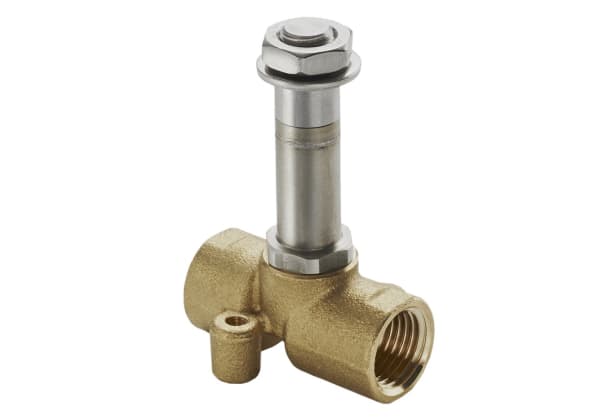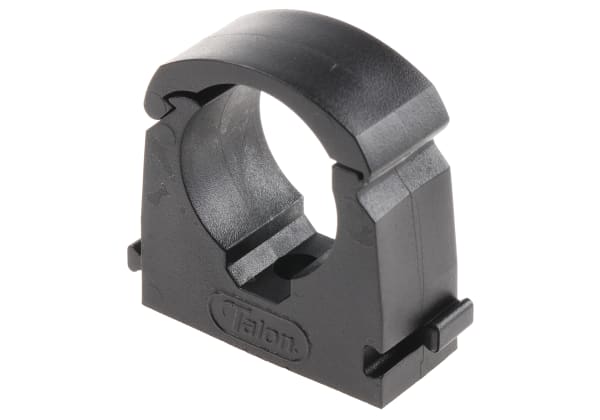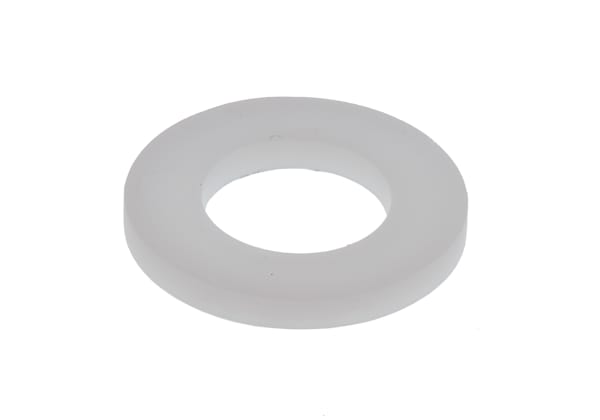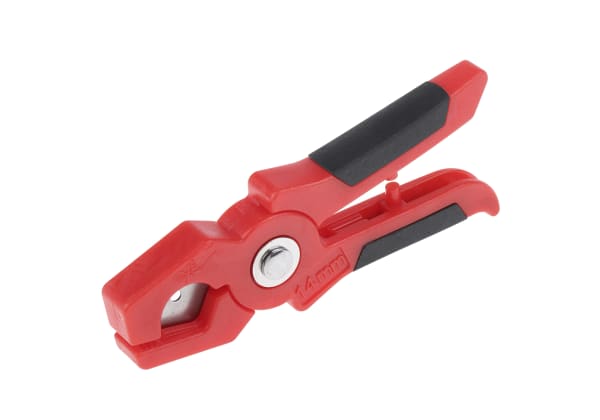- Published 17 Jan 2023
- Last Modified 29 Aug 2023
- 7 min
A Complete Guide to Ball Valves
Our comprehensive guide covers how ball valves work, the different types available, and some common FAQs.

What are Ball Valves?
A ball valve is a type of valve that uses a hollow, pivoting ball to control the flow of a medium through itself. If the hole of the ball is in line with the flow, the valve is open, and it is closed when the valve handle has been used to pivot the ball ninety degrees.
The main function of a ball valve is to isolate parts of a plumbed system by starting, stopping, or adjusting the flow of a medium (usually water, air, or gas) between separate chambers, ducts, and pipes. This is achieved by either allowing the medium to pass freely through the ball valve, partially admitting the medium through a narrowed opening, or blocking the flow completely. Ball valves can also be used to divert flow into different directions, depending on the valve type and handle position.
Ball valves offer operational simplicity, quick repair, and a high level of versatility. This means that they are extensively used in industrial applications and able to support pressures up to 1,000 bar (100 MPa, or 15,000 psi) and temperatures up to 400°C (752°F), depending on the material, medium, and design used.
These components are typically chosen for applications where on or off are the key positions required. The design of ball valves means that they inherently provide a reliable shut-off function, provided all components are in good working order. However, they are often less effective at accurately controlling flow rates at graduated positions in between fully open and fully closed.
Ball valves are most commonly found in plumbing systems and related applications such as industrial cooling. Their role is generally to help manage the flow rate of liquid or gas passing through a specific port or opening, influencing the balance of pressure in other key parts of the system.
They are also familiar features in various types of tap, faucet, and spigot, as well as being widely used on gas lines, domestic appliances, and additional industrial applications. In most cases, ball valves for industrial use tend to be more heavy-duty and robust in construction than their domestic counterparts. They are typically found in applications where machines or systems operate under significantly higher pressures and temperatures, within industries as diverse as manufacturing, assembly and production, plastics and metals, chemical, medical, industrial power, food and beverages, printing and textiles, electronics, automotive, and logistics.
Several different types of ball valves exist, each suited to varying applications. The types available include manual ball valves, process ball valves, and pneumatic ball valves.
How Does a Ball Valve Work?
Understanding how a ball valve works is fairly straightforward. It is usually designed with a large borehole running through the centre, from one side to the other. The ball sits snugly on its seating within a duct opening (port). It is attached directly to the operating handle of the valve, which is usually located above or to the side of the device, often on the outside of a pipe assembly. By rotating the handle, typically one-quarter turn through 90 degrees, the ball is physically turned on its axis within the port.
This action aligns the hole in the ball with the flow direction of the medium inside the duct, allowing it to pass freely through the ball valve. This is known as the on or open position. Turning the handle back 90 degrees in the other direction, to off or closed, causes the ball to rotate so that the hole running through it is perpendicular to the flow direction. At this point, the medium can no longer pass through the ball valve, and the flow is completely blocked off.

Ball Valve Types
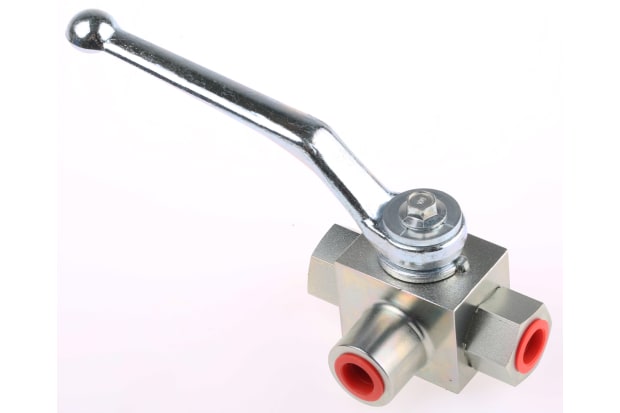
There are numerous different types of ball valves available. Common examples include manual ball valves, electric ball valves, and hydraulic ball valves (sometimes known as hydraulic flow control valves).
These categories refer to the method of operation. Ball valves designed for specific applications will also be labelled accordingly, such as gas ball valves.
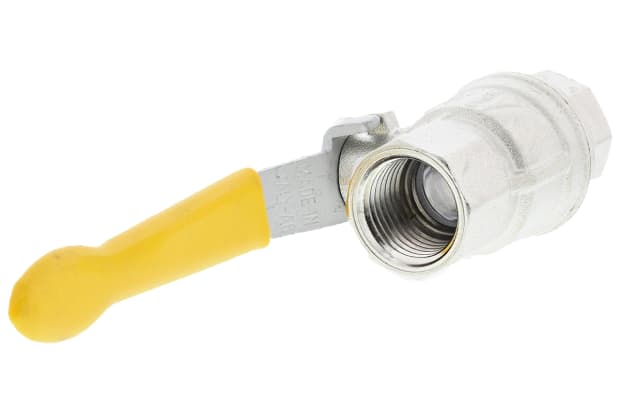
Process Ball Valves
You will also see the term ‘process ball valve’ used quite widely. This typically refers to a ball valve installed as part of various instrumentation systems or processes - common examples might include industrial facilities supporting natural gas and oil distribution.
In this sort of application, process ball valves tend to be primarily used as shut-off valves, again controlled by a lever or handle.
Regardless of which ball valve types you are dealing with, most will consist of four main parts. These are the valve housing, the central metal ball, the seating that holds the ball in place within the valve, and the lever used to move the ball valve between on/open and off/shut positions. The main body of a ball valve is most often made from stainless steel, brass or nickel-plated brass, PVC, or a similarly tough, plastic polymer. The balls themselves are usually manufactured from stainless steel or brass (again, often nickel-plated or chrome-plated brass).
Different models and configurations of ball valves are further distinguished from one another by their various attachment or fitting types. These might include manual ball valves with either compression fittings or threaded fittings.
More complex ball valve designs can offer additional flow control options, besides simply on or off. Both flanged and vented ball valves are available, which can give multiple other flow outcomes depending on the position of the lever. For instance, a common requirement is for a vented ball valve to divert or block flow on only the upstream or downstream side of a valve, allowing continued flow in the opposite direction.
Vented models achieve this by having a secondary, smaller hole in the ball, which can be aligned with a particular direction of ducting when the handle is moved to the correct position. This creates a T-shaped or L-shaped junction in a multi-port arrangement, such as at the joining of 3 or 4 different ducts. You will often see devices with this built-in capability sold as 3-way ball valves or 4-way ball valves.
FAQs
How Do You Repair a Ball Valve?
Ball valves are generally very hard-wearing, and for the most part, they require little maintenance to keep running smoothly for a long time. This is partly to do with the simplicity of their design and operation.
However, over an extended period of service, the components of a ball valve can wear down. When this happens, they may become stiff or loose, or gradually lose their effectiveness in providing a perfect shut-off function. If you suspect that a worn ball valve may be causing issues in a plumbing system, there are some basic steps that you should take to investigate and solve the problem.
The tools that you will need to repair or replace a ball valve will vary, depending on both the type of ball valve in question as well as the damage which needs to be fixed. A spanner or pipe wrench is usually all you will need to check a domestic plumbing ball valve, but you should also keep a cloth to hand to catch any excess liquid as you disassemble the pipe fittings around the valve.
- Firstly, shut off the water supply to the affected area or system. You will need to do this both to inspect the ball valve for impaired function and to avoid wasting water or causing further damage to the surrounding area. After draining any excess water from around and within the ball valve and its port, dry the valve with a cloth
- Check which type of fitting your valve uses and remove the ball valve from the port accordingly. Once removed, disassemble the ball valve in an organised and logical order. Keep the constituent parts together and note the order in which they were previously assembled. This will make reassembly much easier, minimising the risk of errors and omissions
- Carefully inspect each component of the valve, looking particularly for signs of wear and tear. This includes cracks, splits, physical damage, worn patches, or any signs of leaking or excessive stiffness. If the damage is limited to a single component, you may be able to replace just that part rather than the whole unit
- If the damage is hard to visually identify or multiple parts are damaged, it may be easier to replace the entire ball valve. This should be a reasonably easy process in most systems, due to the range of fitting options on offer. In addition to compression, push fitting and threaded ball valves, solvent cement socket valves are another common alternative
What are the Advantages and Disadvantages of Ball Valves?
One key advantage of ball valves in most industrial applications is that they are generally seen as rugged, low maintenance fixtures. They offer excellent all-around durability over many years of service and require minimal servicing and repairs.
A second important advantage of ball valves is their simple, effective design. This means that they tend to offer reliable perfect shut-off capabilities. Provided that the seating, ball, and other main components of the ball valve, duct, and port are in good working order, flow is completely blocked off when the valve is closed. A properly functioning ball valve is not prone to leaking by allowing small quantities of liquid or gas to pass through, because there is physically no opening available when the ball faces perpendicular to the flow direction.
The main disadvantage of ball valves in certain applications is that they are less good at accurately controlling specific flow rates. For achieving a precise flow anywhere between fully open and fully closed, various other valve types might be a better option. If a system requires very precise control over a partial flow rate, then solenoid valves, needle valves, or gate valves will be far more accurate and effective than most ball valves.
